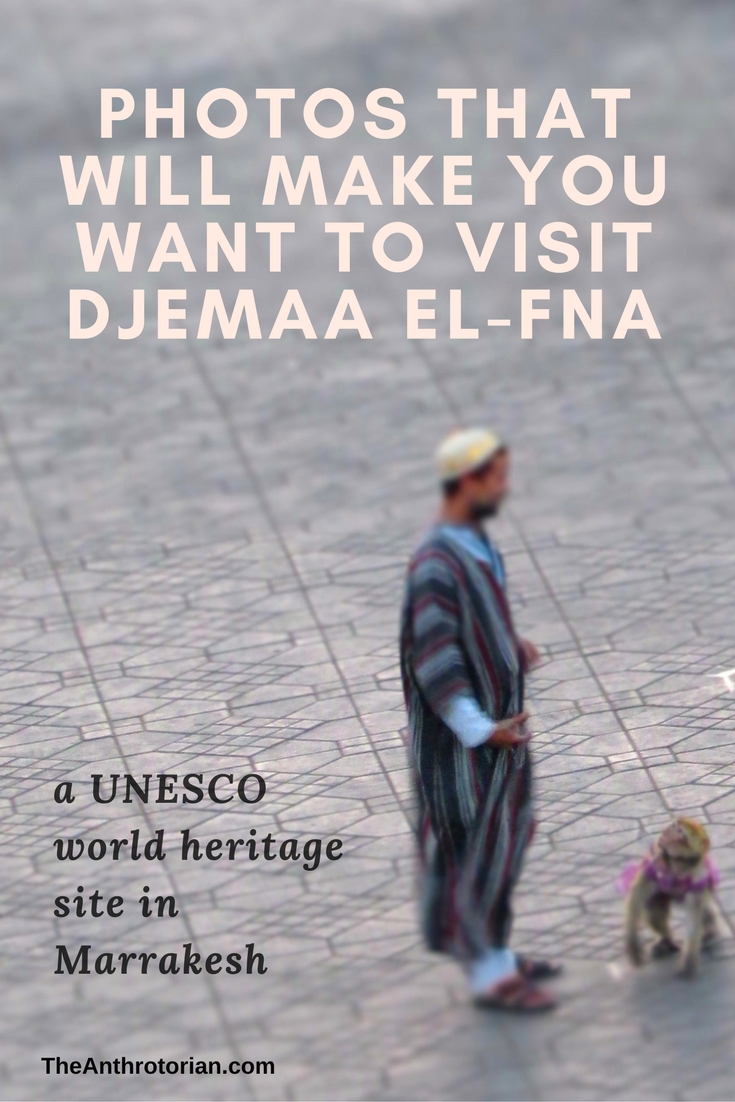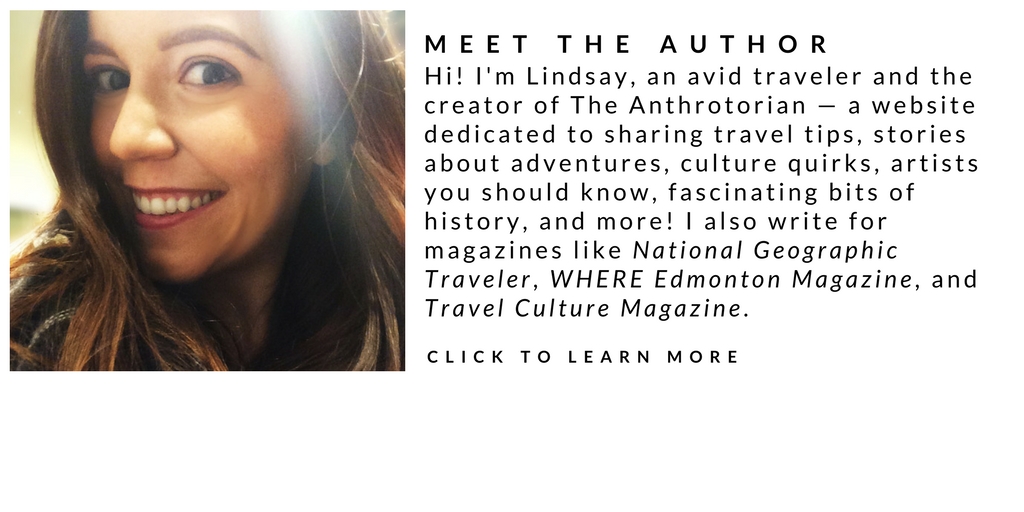I had heard that Djemaa el-Fna, the gigantic main square in Marrakesh, was an open-air theatre full of action, entertainment and general hoopla, but words can not describe what was waiting for me when I wandered there one night as the sun was setting.
The chaos has been non-stop since the square was the site of public executions in AD 1050 (the name means "assembly of the dead"). It is such an incredible collision of Moroccan culture that Unesco declared it a "Masterpiece of World Heritage" in 2001.
Camera at the ready and all senses on alert, I walked past snake charmers right out of an Indiana Jones flick blasting oboes to calm hissing cobras, fully veiled female henna tattoo artists would suddenly appear beside pulling me towards their stools and monkeys on leashes that sat obediently next to the feet of their owners.
Stalls piled high with figs and oranges were lit by hanging lights and seemingly out of nowhere, benches, tables and cook-tops appeared where chefs were prepping fragrant traditional meals that would break the Ramadan fast for the day. (Apparently what I saw was tame compared to what occurs outside of the month of Ramadan!)














